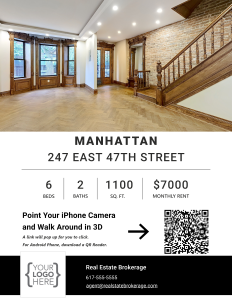What is 3D Rendering? Understanding the 3D Visualization Process
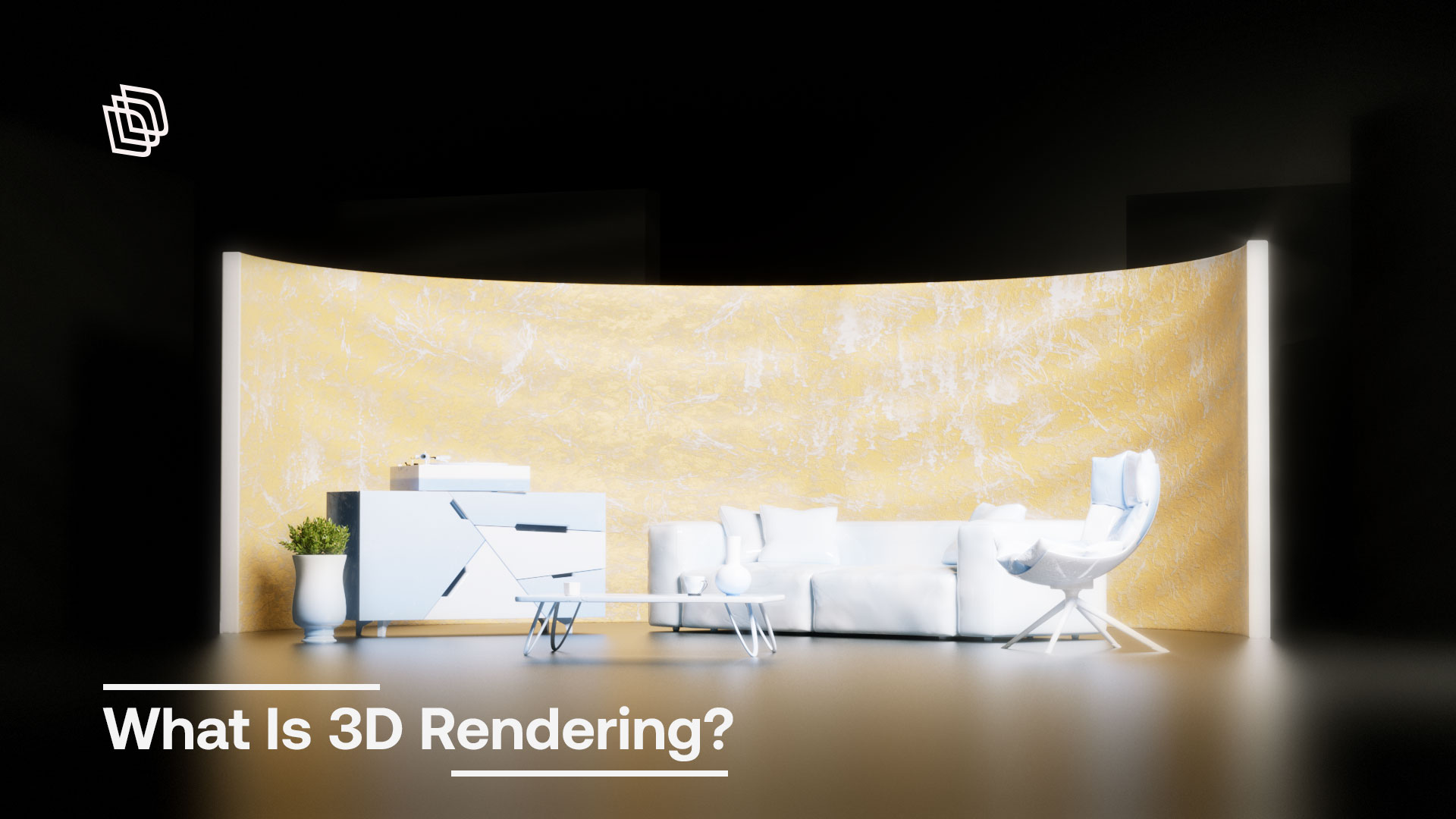
In a world where creativity meets technology, 3D rendering lets individuals and businesses transcend traditional art mediums to communicate more effectively and visualize their concepts in a virtual space. In simple terms, 3D rendering is translating a computer-generated three-dimensional model into a 2D image or animation.
Artists can use it whenever they need to convey a specific message, view the finished product before it’s even in production or construction, test a prototype, create a more immersive viewing experience, or promote their design.
Therefore, we can find it in product manufacturing, engineering, architecture, interior design, medicine, the entertainment industry, virtual reality, and video games. Did you know that many of those CGI effects in your favorite movies and shows involve 3D rendering?
Let’s see what else this amazing technology can do.
How 3D Rendering Works
To complete the job, 3D artists must align their work with their client’s wishes and visions. The client provides sketches and reference pictures and discusses the elements they want to include. Once the plan is outlined, the provider can start building a model through the following steps:
- Modeling — The artist must first build a digital representation of physical objects or other visual elements with the help of advanced 3D modeling software.
- Texturing — After the base model is complete, the artist will use their technical expertise and creativity to define surface properties and make them look as lifelike as possible. This process entails adding textures, patterns, and other details, which can be painted digitally or applied like overlays.
- Lighting — In the three-dimensional scene, the lights are positioned to simulate real-world lighting (natural or artificial). Artists take the liberty to experiment with light settings to evoke a particular atmosphere or demonstrate the model’s appearance in different conditions.
- Rendering — The last step is to translate the 3D scene into a 2D image (or a sequence of images) using a computer or so-called render farms (high-performance computers cluster).
Types of 3D Rendering Techniques
As the demand for realistic and appealing visuals continues to grow, the field of 3D rendering has evolved into a diverse landscape of techniques. We’ll now familiarize ourselves with the most common ones.
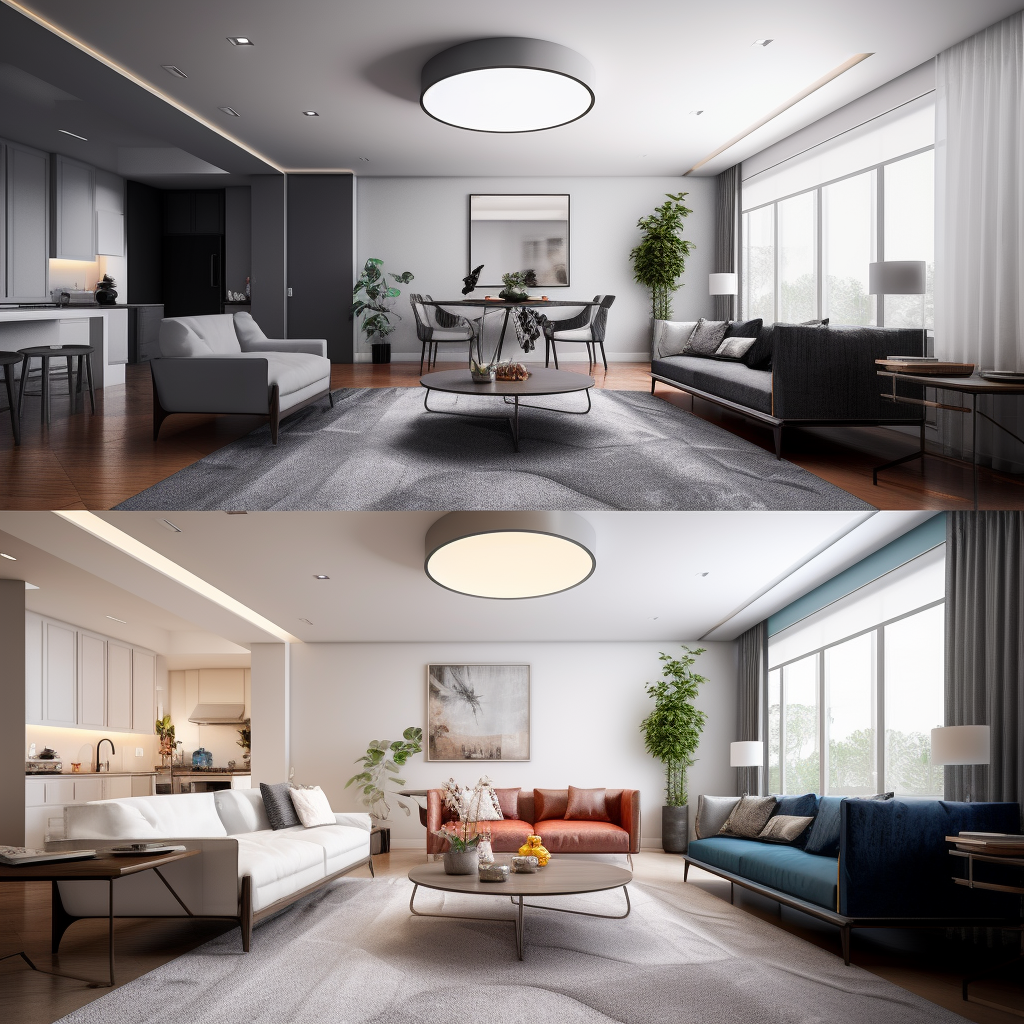
Real-Time Rendering
Take a moment to imagine yourself playing your favorite video game. You can make different choices, and when you do, actions have immediate consequences you can see right away. This result is possible because of real-time rendering.
This technique is measured by frame per second (fps), typically ranging from 24 fps to 60 fps. Because it’s so quick, real-time rendering enables you to process an image while viewing it as a realistic scene at the same time.
Pre-Rendering
Also known as offline rendering, a pre-render displays images or animations after they’ve been rendered on different (more powerful) devices. It’s basically the opposite of real-time rendering.
Ray Tracing
Ray tracing employs algorithms to map the path of light rays from a virtual camera and reproduces their effect on the environment, making realistic and accurate reflections and refractions. Whether it’s someone’s shadow or a reflection in a lake, ray tracing adds depth and realism.
Rasterization
Rasterization converts vector graphics (mathematical equations that describe shapes) into display- or print-ready raster (a bitmap or pixelated) images. For instance, in real-time rendering and video game engines, rasterization creates mind-blowing settings that are practically otherworldly.
Global Illumination
Global illumination is crucial for dynamic and realistic lighting effects, as it mimics how light bounces around in real environments. Designers accomplish this through algorithms like path tracing and photon mapping or effects like diffuse interreflection and ambient occlusion that create an illusion of light interplay among objects in a scene.
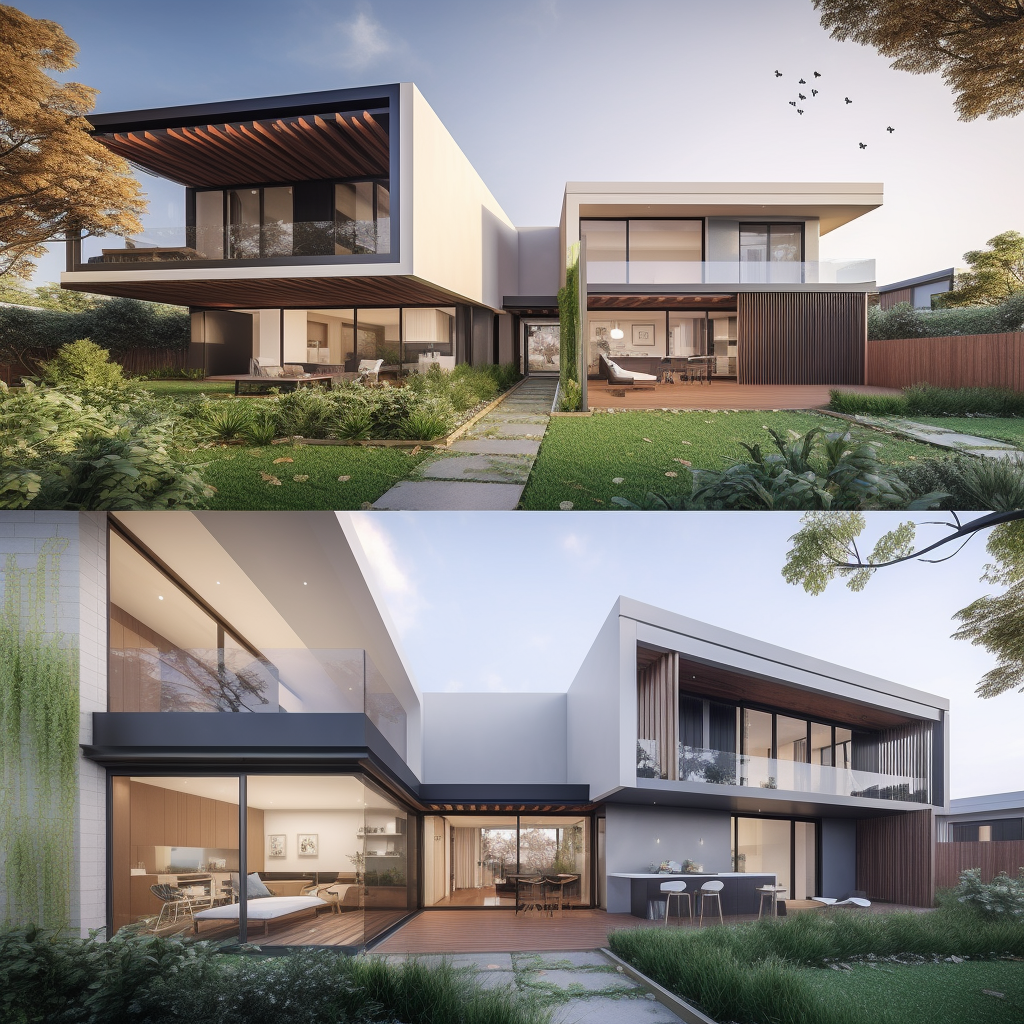
3D Rendering Software and Tools
Today we have various high-tech software options for creating awe-inspiring visuals. Some software functions on a subscription basis, while others come at no cost.
Here are the tools every 3D artist (amateur or professional) needs to know.
Industry-Standard Software
Individuals venturing into the realm of 3D rendering should look into proprietary programs equipped with a multitude of advanced features, lightning-fast processing speeds, and exceptional rendering capabilities.
To produce top-of-the-line outputs in various formats such as images, videos, animations, special effects, or virtual reality, you should consider proprietary 3D rendering tools such as Unity, V-Ray Cinema 4D, Maya, 3ds Max Design, and Lumion.
Open-Source Alternatives
If you’re looking to learn the ropes of 3D rendering, you can do so without spending a dime. Open-source programs, made by developers and completely free to use, can help you get the gist without sacrificing features or performance.
Free software like SketchUp, Blender, FreeCAD, Mesh Magic, DesignSpark, and Houdini Apprentice can be a great starting point for honing your skills and potentially developing a business.
Cloud-Based Rendering Services
Cloud rendering services are similar to rendering farms, except they rely on cloud computing. Using cloud servers and remote computer clusters, you can generate 3D models even if you don’t have a strong CPU and GPU.
These types of services are incredibly cost-effective. You pay for what you use, so there’s no need to splurge on expensive computer components (processors and graphic cards) or proprietary software.
If you’re interested in this type of software, look into RealSpace 3D, Fox Renderfarm, SheepIT, RebusFarm, XRender Farm, and similar options.
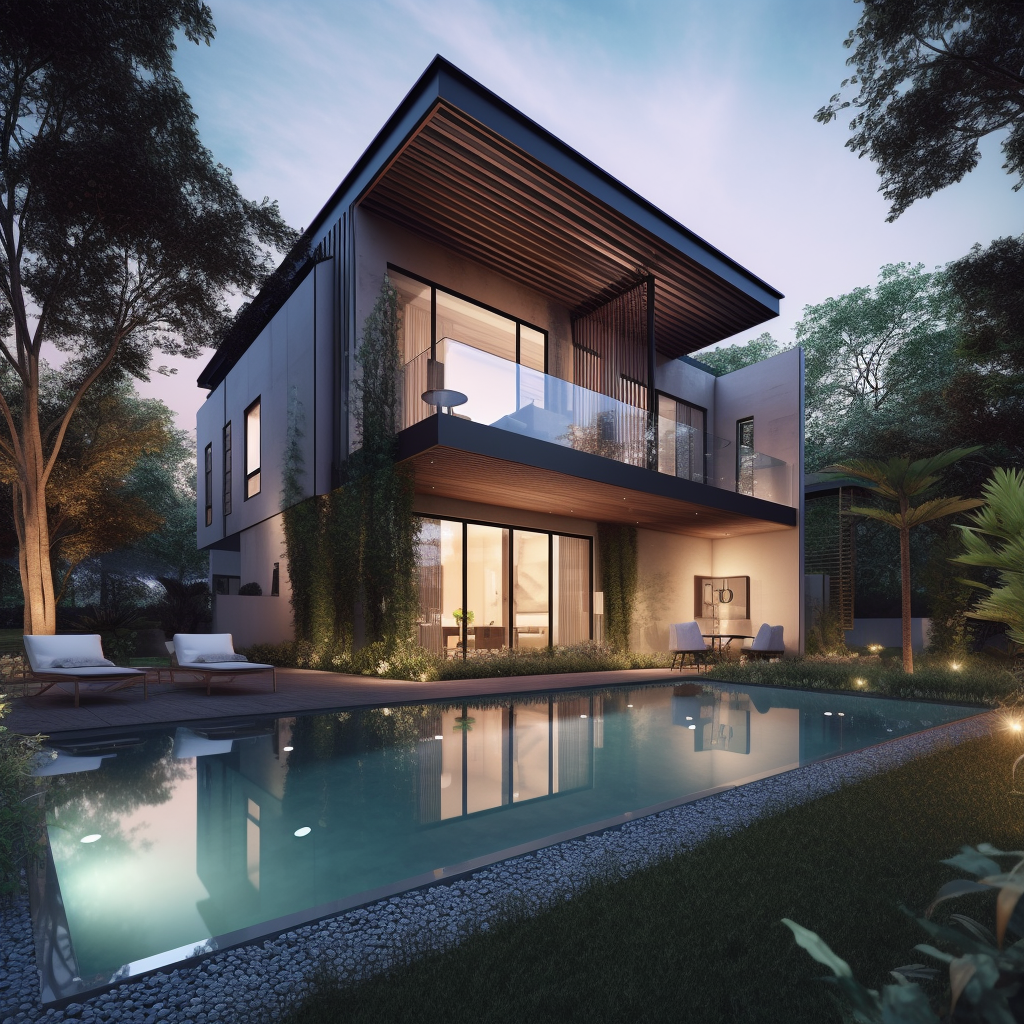
Industries and Applications
From Hollywood blockbusters like Guardians of the Galaxy to patient-specific anatomy models, 3D rendering has found its way into many industries, revolutionizing the way we visualize, design, and create.
- Architecture and interior design — Designers and artists use three-dimensional models to bring clients’ ideas to life and envision their projects before the construction phase. Since 3D renders show the layout, design, and materials, architects can quickly identify any potential issue and eliminate or fix it accordingly.
- Film and animation — Modern animated films are pretty much unimaginable without 3D technology. In movies, it is used to add special effects and seamlessly integrate them with real-life footage. 3D rendering can even create entire virtual environments. One word — Avatar.
- Video game development — Game developers rely heavily on 3D rendering to create detailed, immersive environments with lifelike characters, complex animations, and realistic lighting.
- Product visualization — 3D rendering is a powerful marketing tool, as it enables companies to display their products in an engaging way, attracting customers or investors. Furthermore, this technology helps test product prototypes to see whether everything fits together and how each feature functions.
- Virtual reality and augmented reality — With VR, users can interact with the environment as if they were physically there (like in the popular Beat Saber game). At the same time, AR features digital content incorporated into the real world (take Snapchat filters, for example).
Frequently Asked Questions (FAQ)
What is the difference between 3D modeling and 3D rendering?
While both 3D modeling and 3D rendering contribute to the creation of three-dimensional graphics, they refer to two separate processes. Simply put, 3D modeling constructs the 3D geometry using specialized software, while 3D rendering generates the final realistic 2D image or animation from that model.
How long does it take to render a 3D image or animation?
There’s no one-size-fits-all answer because many factors affect the 3D rendering process (detail in the image/animation, the number of frames, software, computing power, etc.). A static image 3D rendering may only take a few milliseconds, while a dynamic animation may take months.
Can I learn 3D rendering without any prior experience?
Although anyone can learn to operate 3D rendering software, learning will take time, effort, and money. You can opt for free open-source software, but you might still need to buy a new graphics card or processor. There are also many courses to learn 3D techniques, but you can also find free tutorials and expert advice online.
What hardware is required for 3D rendering?
High-quality graphics demand a powerful central processing unit (the more cores and threads the CPU has, the better) and a graphics card specifically designed for rendering (with high GPU clock speeds and plenty of VRAM). You’ll need at least 8GB of RAM to run the rendering process smoothly.
How much does professional 3D rendering cost?
Generally speaking, the cost of professional 3D rendering starts from a few hundred dollars for a basic project and can go up to thousands or even tens of thousands for more challenging projects. Providers will give you a ballpark figure taking into account the project scale and specifications, any possible revisions, and the time it will take to complete.
Conclusion
The more we consider the immense impact that 3D rendering has already had on industries like architecture, product design, and gaming, the more it is evident that the future of this cutting-edge technology is nothing short of dazzling.
As rendering technology becomes more accessible to users, it’s only natural to anticipate a surge in demand for learning the craft of 3D rendering. From online tutorials and forums to workshops and formal education programs, more and more individuals are taking advantage of the opportunity to acquire the skills necessary for creating visually breathtaking masterpieces.
Additional Services
Take Your Marketing Even Further


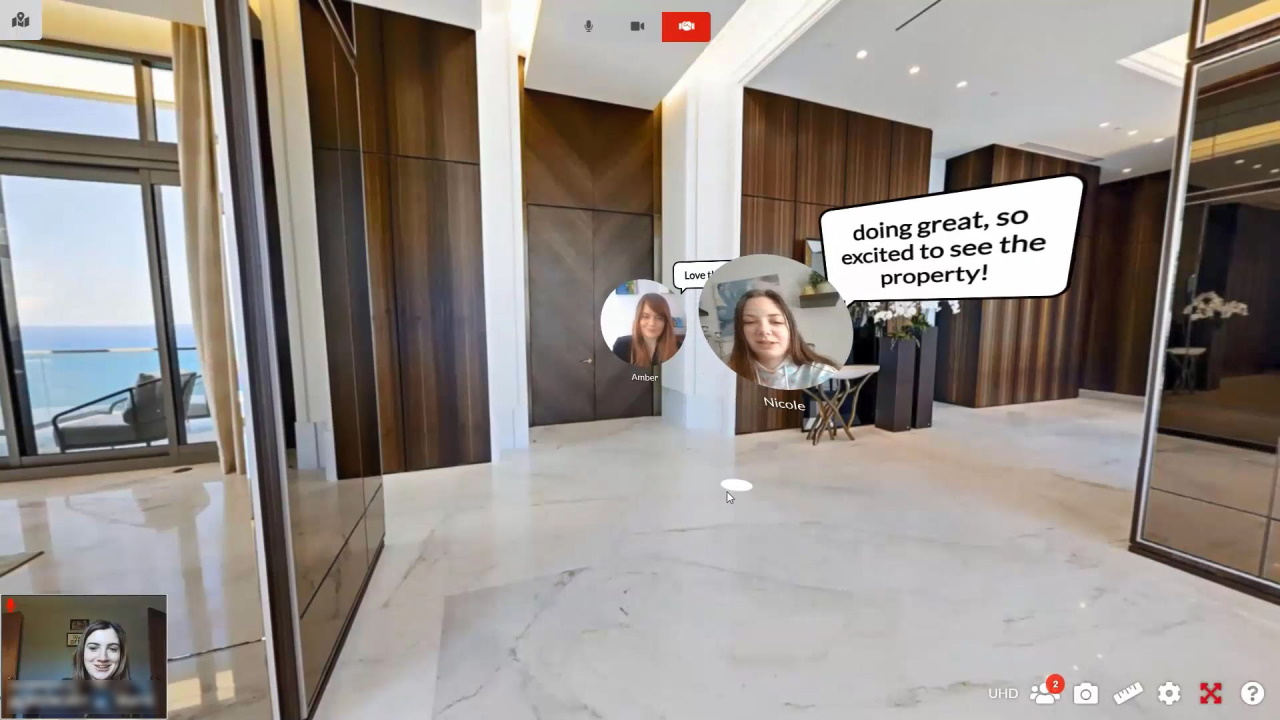
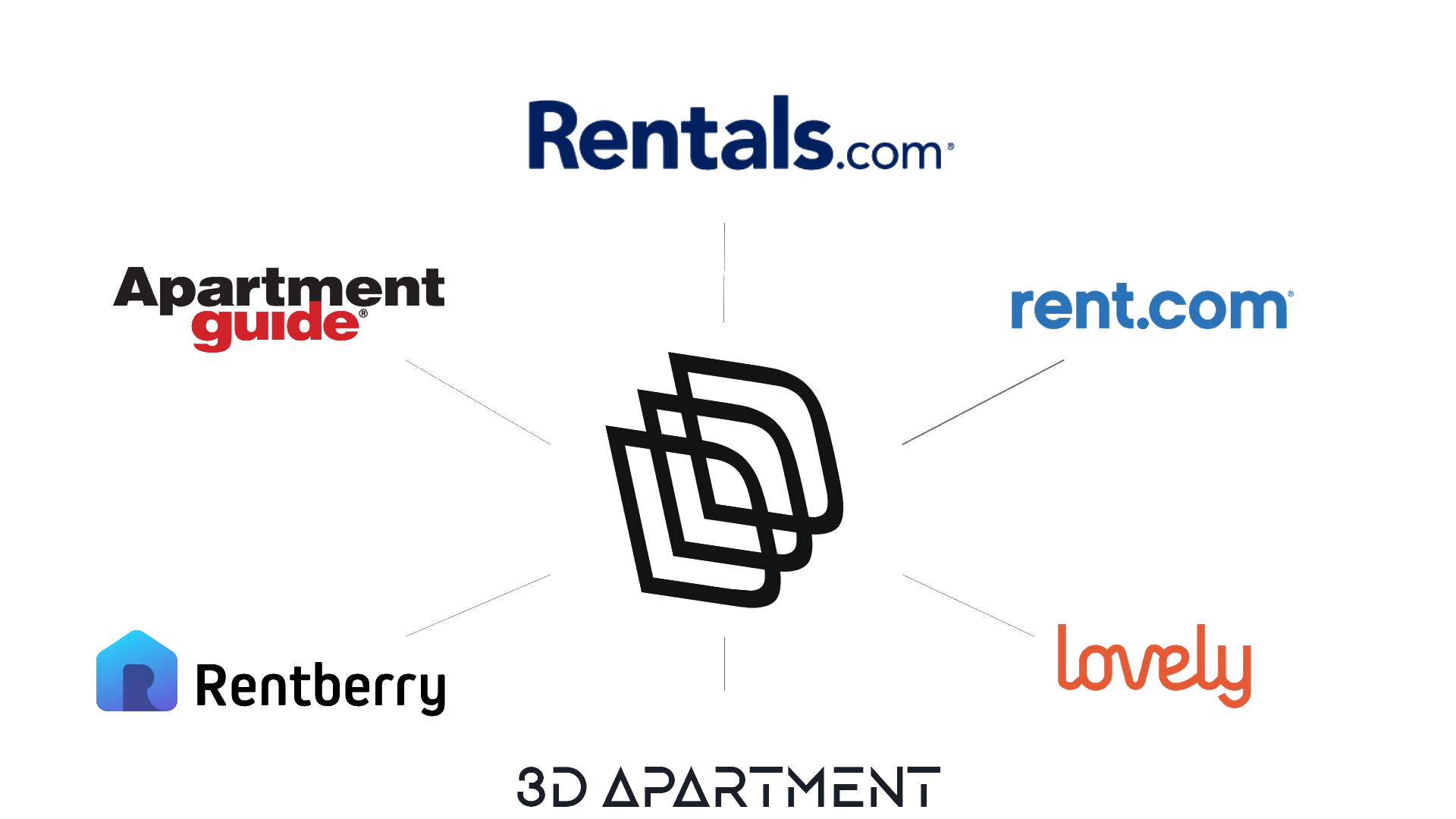


Additional Features at no cost
Part of any package



